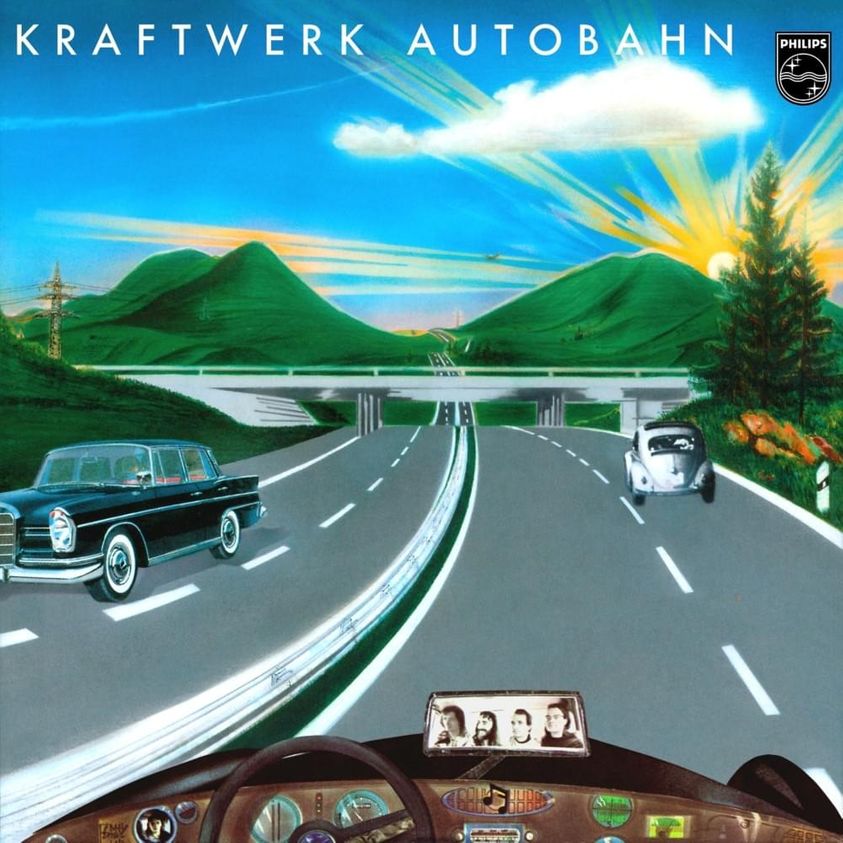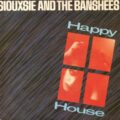It doesn’t happen often, but I do on occasion go down a synthesizer rabbit hole where I become convinced I need a 3-octave – minimum – analog polysynth in my life. The only thing that stops me from getting some vintage monstrosity freighted to me is the fact that I can see the one synth I do have – a Novation Bass Station II – and the self-awareness that the layer of dust on it isn’t because it doesn’t have enough keys or voices. But I do find analog synthesis fascinating, and appreciate those instruments are as responsible for the music I adore as the guitars and pedals I’ve spent my adult life collecting.
So this recent piece at Mixdown breaking down the gear Kraftwerk used to create their signature work Autobahn was an interesting read. The tools available for electronic music were so primitive in 1974 compared to what we have access to today, but Florian Schneider and Ralf Hütter were able to transcend those limitations and create magic.
And whilst cruising down the figurative Autobahn, I dug up a fair bit more interesting pieces on the record. Sticking with the gear, Moog – whose synthesizers are synonymous with Kraftwerk and electronic music – paid tribute to the band and the album with a nice visual feature:
Kraftwerk Autobahn @ Moog Music
Classic Pop has a high-level general look at the album and its influence, including some quotes from the principals cherry-picked from other features:
Rolling Stone posted their 1975 feature on the band online back in 2012, a fascinating snapshot of the band before they established themselves as progenitors of an entire genre of music:
Germany’s Kraftwerk: Metal of the Road @ Rolling Stone
And this 2016 piece at Uncut covers the band’s early days through to the creation and release of their first masterpiece:
Kraftwerk, Autobahn and a new era of electronic music: “It’s like an artificial joke” @ Uncut
In 2017, Cuepoint considered the record in the context of West Germany’s establishing itself culturally, post-war.
Kraftwerk’s Autobahn Helped Germany Leave Nazism in the Rear-View Mirror @ Cuepoint
Shifting gears to the visual aspects of the record, The American Institute of Graphic Arts’ Eye On Design magazine paid tribute to Emil Schult’s graphic treatment for the album, which is almost as iconic as the music contained therein despite not even appearing on the original album release:
And finally, there’s this 1979 animated video for the song by Roger Mainwood which is… quite a thing. Open Culture has some background on the clip, and the full short interview with Mainwood they reference can be read at Kraftwerkonline:
Interview with Roger Mainwood @ KraftwerkOnline

